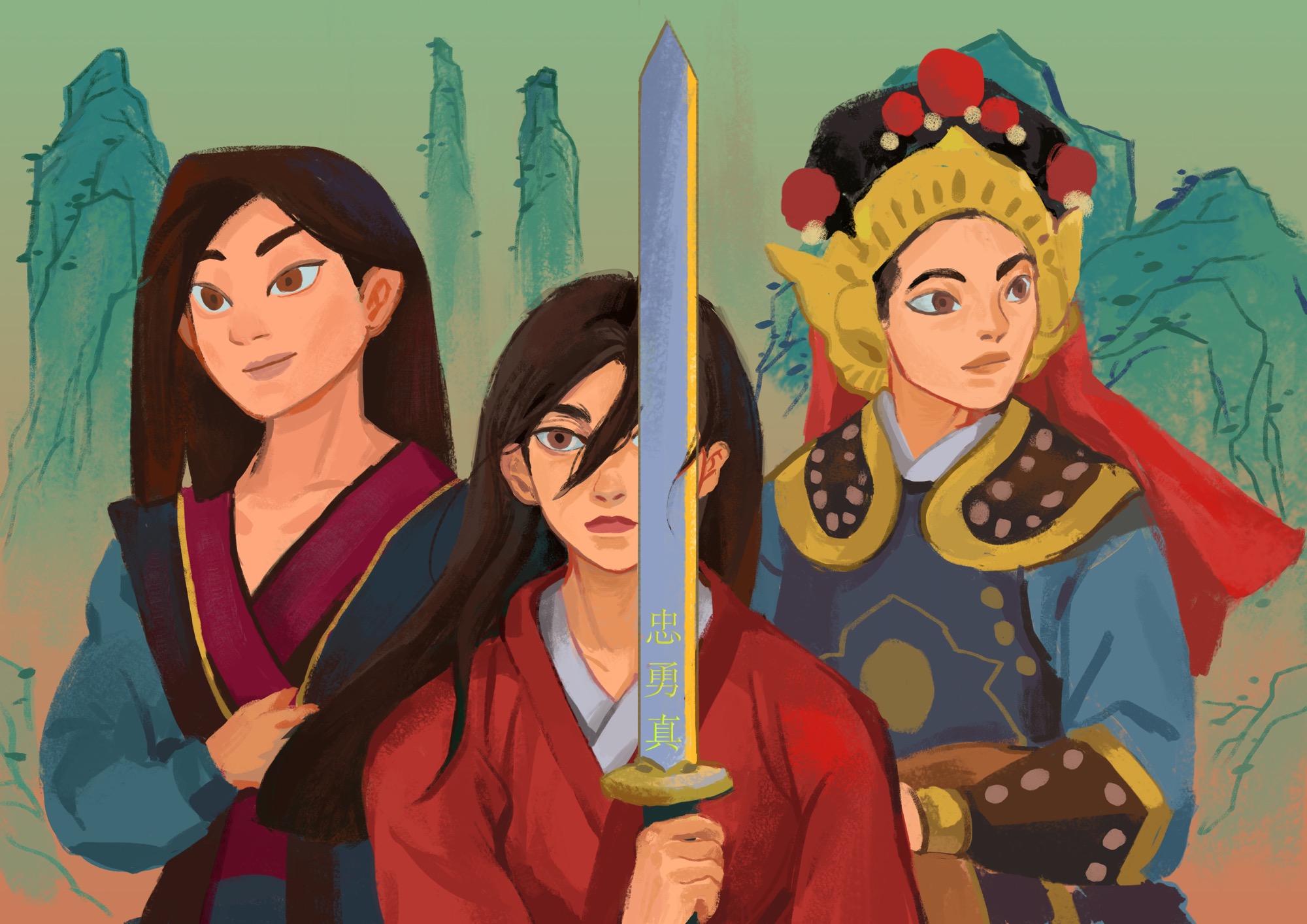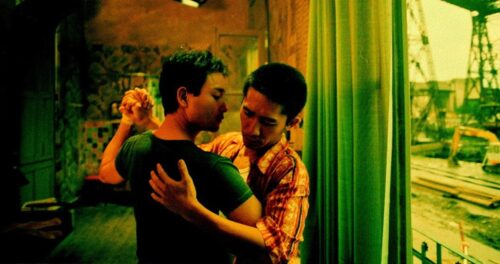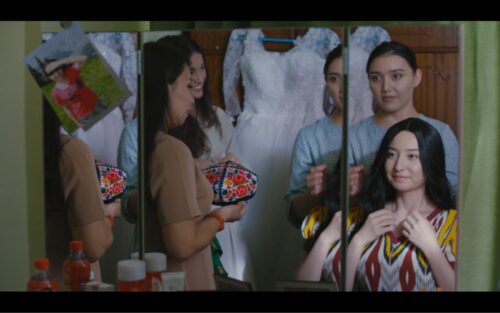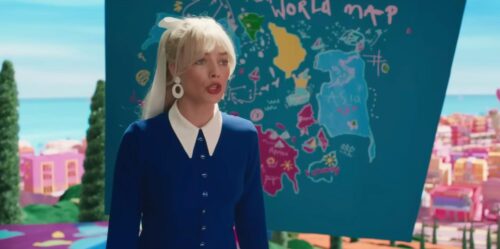Disney’s live-action ‘Mulan’ offers new interpretation of an old legend
Mulan is an age-old story that has consistently changed with the times, and Disney’s latest version is doing its part to give the ancient story some new vitality. A professor of medieval Chinese literature and culture takes a closer look.

This piece contains spoilers, including a description of the movie’s ending in the final paragraph.
Disney’s 2020 live-action film Mulan has been ridiculed for its artificial props and settings (e.g., the imperial city and palace), anachronisms (juxtaposing women’s makeup from the Tang Dynasty with Fujian-style earthen buildings [土楼 tǔlóu] from the Ming Dynasty), and arbitrary inclusion of stereotyped Chinese images and concepts (such as the “phoenix” and “chi” [气 qì]). But has the pile-on gone too far? Mulan, after all, is an age-old legend that has consistently changed with the times, and Disney’s version is doing its part to give the ancient story some new vitality. In the end, it espouses a contemporary value: the importance of being oneself and being good.
Compared to Disney’s 1998 lighthearted animation, the 2020 production has clearly drawn more from previous Chinese versions of the story, including its earliest extant version, the anonymous “Poem of Mulan,” traditionally dated to the turbulent Northern Dynasties (4th to 6th centuries). As Mulan’s father narrates in the movie’s opening remarks, this is just one version among the many tales of the great warrior Mulan.
The original poem is about a young girl who disguises herself as a male soldier, joins the army in place of her father, survives many battles, declines her emperor’s award, and only reveals her identity to her fellow soldiers upon returning home. Based on the emperor’s titles in the poem, he is normally considered a Sinicized non-Han Chinese, possibly one of the Northern Wei (386-534) rulers. Similarly, the enemies are regarded as hu, a nomadic population on China’s northern border. Mulan’s ethnicity in the poem is unknown. Mulan, her emperor, and her enemies’ ethnicities are depicted differently in the long history of the story. For example, she is sometimes a girl in the Northern Wei, putting down a bandit uprising in the same state, and sometimes a girl with a non-Han father and a Han mother in Western Turkic Khaganate (581-657), attacking an army in central China. The conflict between Mulan’s state and a non-Han invading enemy did not really materialize until the turn of the 20th century, when China faced foreign invasions. The 2020 film sets the battles at the garrisons along the Silk Road, which are populated by multiple ethnicities and guarded by imperial armies. As in the 1998 animation, Mulan is portrayed as a Han-looking girl. Her country is identified as China without reference to a specific dynasty, although the costume and makeup styles remind us of the Tang, whose imperial family most likely had mixed ethnicity of both Han and non-Han Chinese. Like in the 2009 film Mulan: Rise of a Warrior (starring Zhào Wēi 赵薇), Mulan’s enemies in the 2020 film are identified as the Rourans (330-555), while in the 1998 animation it was the Huns (3rd century BCE-460).
Where this new live-action feature crucially diverges from previous adaptations, however, is its creative treatment of Mulan’s disguise. Most adaptations either gloss over the improbability of Mulan concealing her gender during her 10- or 12-year tenure in the army, as in the original poem, or resort to using external forces to help conceal her identity, such as friends, lovers, supernatural powers, or a miniature dragon named Mushu. In some versions, such as Chu Renhuo’s (c. 1630-c. 1705) novel Historical Romance of the Sui and Tang and the 1998 animation, Mulan’s identity is revealed before returning home, but by other people. In the 2020 film, Mulan decides to reveal herself before the end of the war, around the midway point in the movie.
Mulan’s decision to disclose her identity helps her achieve truthfulness (真 zhēn), the last of the four virtues extolled throughout the movie, and ultimately her full potential. As the title of one late 18th-century novel — The Story of the Loyal, Filial, Brave, and Heroic Mulan — indicates, the other three virtues of Mulan — loyalty (忠 zhōng), bravery (勇 yǒng), and filial piety (孝 xiào) — have been recurrent themes in Chinese versions of the story. The virtue of truthfulness in the 2020 movie is more developed than in the 1998 animation, and exemplifies an important contemporary value. Mulan’s disclosure proves that she is not only honest to her ancestors, family, army, and country, but more importantly, to herself. If being honest to one’s family and country resonates more with traditional Chinese values of loyalty and filial piety, being honest to oneself is more consistent with contemporary views and would appeal more broadly to a global audience.
This new representation of Mulan goes beyond early 20th-century adaptations that turn her into a feminist icon. By depicting how an unconventional girl finds her place within the conventional world, the movie showcases a solution to finding a place for differences: by being good. Due to Mulan’s achievement of the four virtues, her disguise is eventually forgiven and her true identity is accepted by the emperor and her father. Mulan finds her place in her country through her own noble actions.
Of course, being Disney, there has to be a clear articulation of good and evil, with good triumphing. But what constitutes “evil”? Mulan’s counterpart, the dark-costumed witch, fails to find her place in the country — that is, to have her true identity as a woman warrior accepted. While her manifestation as a hawk reminds us of Shanyu’s falcon from the 1998 animation and Maleficent in the 2014 Disney fantasy film Maleficent, her name Xianniang comes from another capable and unconventional heroine: Dou Xianniang, in the aforementioned Historical Romance of the Sui and Tang. Dou Xianniang defeats Mulan in the novel, catches her, but is moved by her story and becomes her sworn sister. There are obvious similarities with the movie.
Just as Mulan successfully finds her place in her country via a noble path, the cultural compromises implied in the four virtues illustrate a method for accepting differences between one another: being good. Unlike most previous versions of the story, in which Mulan stays home or commits suicide after returning home, the 2020 film leaves Mulan’s fate ambiguous, allowing for the possibility that she accepts the emperor’s offer to be an officer in his guard. This open-ended conclusion also reveals a hopeful future for the legend itself.







